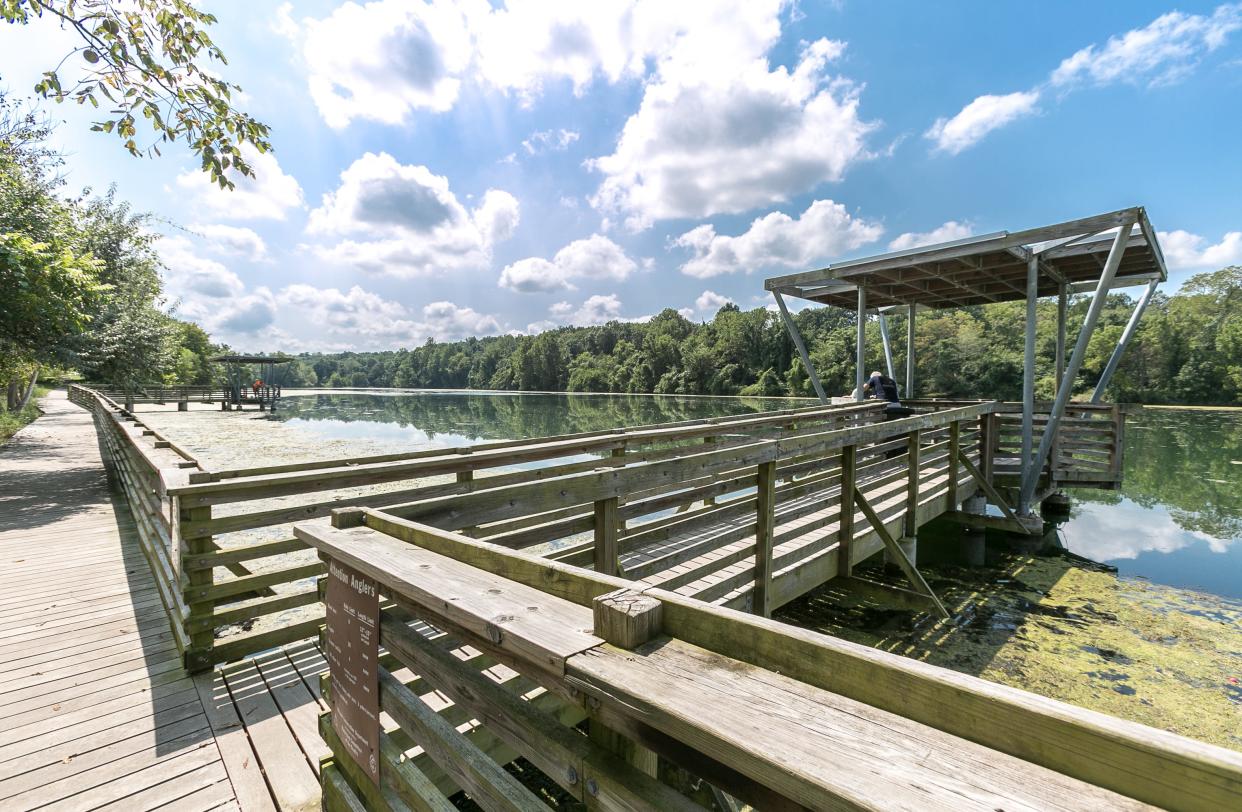At 40, Watershed Committee of the Ozarks looks ahead to next four decades of clean water

For 40 years, the Watershed Committee of the Ozarks has worked to make sure southwest Missouri has clean drinking water, offering education and pursuing other projects in pursuit of that goal. Mike Kromrey, the nonprofit's executive director, wants to ensure it can do that for at least 40 more years.
"Our whole careers and lives are kind of spent trying to keep our water clean, but this is the year where we’re trying to make some policy changes. We’re going to invest in our program, invest in our building and try to prepare ourselves and our community for the next 40 years," Kromrey said.
To fund the effort, the Watershed Committee aims to raise $2 million in 2024. Those donations will allow for education, projects and programs to continue and grow. It will also help ensure that the organization can address challenges to come, such as securing clean water as the area's population grows and its climate changes.
Education, Kromrey said, is core and central to their mission of clean water. The Watershed Center on Valley Water Mill Road and its surrounding trails have interpretive signage, so those walking the trail can learn more. In 2023, more than 5,000 local students visited the Watershed Center, according to a press release. The Watershed Committee also educates farmers, producers and septic tank installers.
Read more about Ozarks water: Environmentalist: MO laws regulating meat processors impact 'everybody who drinks water'
"At the Watershed Center we are hoping to provide hands-on, place-based environmental education and to ultimately sort of foster a generation of local citizens who really understand how water works," Kromrey said.
Springfield's unique karst topography makes it vital that people understand how waste or fertilizer can pollute the area's drinking water.
"We live on Swiss cheese. Any pollution on the ground can easily impact our groundwater," Kromrey said. "We live in a very sensitive geography. It’s infinitely more cost-effective to prevent pollution than to try to treat it on the back end."
There are three types of pollutants: Nutrients like fertilizer, bacteria from sources like human and animal waste, and sediment coming from dirt or erosion. Not only do those things affect drinking water, they also impact the life in the stream.
But keeping water clean doesn't solve the problem — you also need to have enough water.
Safe water in schools?: Do Springfield schools have safe drinking water? Here's what lead testing results show
The Watershed Committee helps preserve the amount of water in aquifers through regenerative farming, preservation of stream banks, low-impact development and green architecture.
To get to the Watershed Center itself, you walk over one of their green architecture projects. Beneath a short walking bridge is a rain garden, where water collects and is filtered by native plants there with deep roots. Projects like these "work with nature," Kromrey said, to help replenish the area's aquifer.
"This place is significant and spectacular because it’s literally our drinking water there in Valley Water Mill Lake," Kromrey said. "It goes over the dam, into the creek, under the ground and over to Fulbright Springs where it’s collected for drinking water."
This article originally appeared on Springfield News-Leader: Watershed Committee looks toward 40 more years of clean Ozarks water

